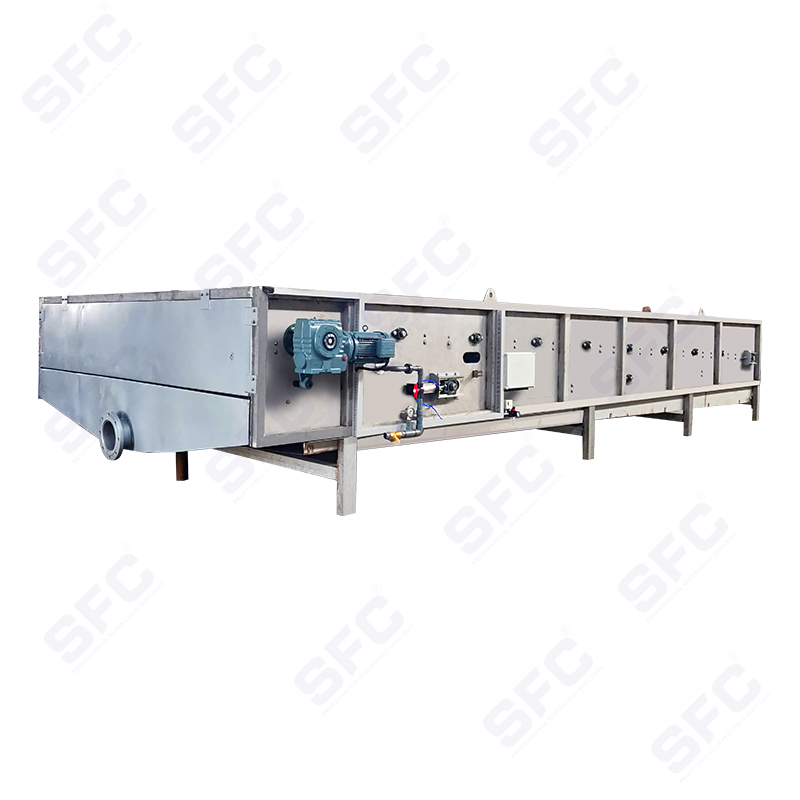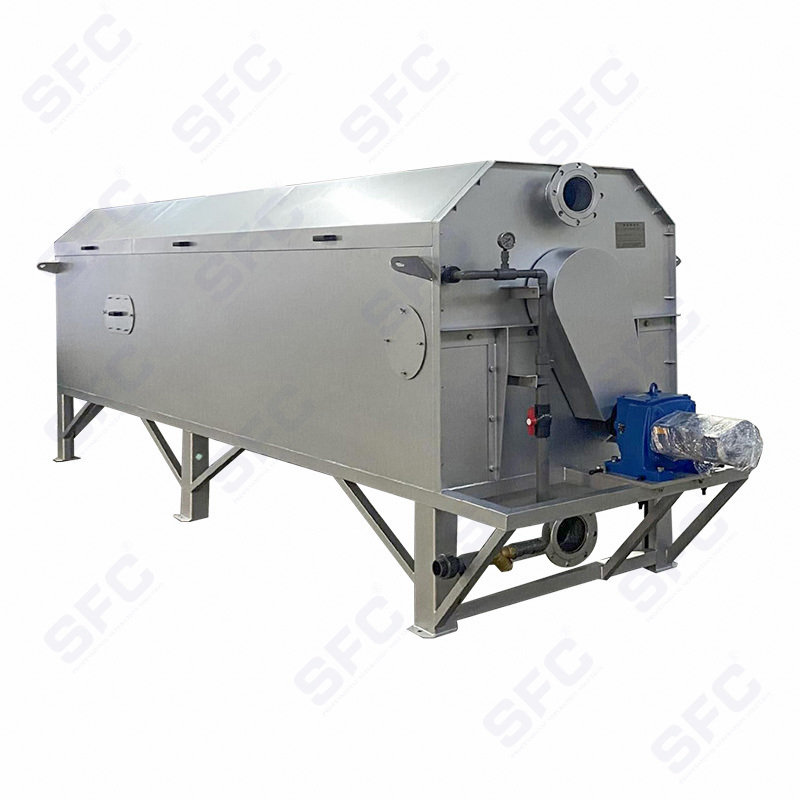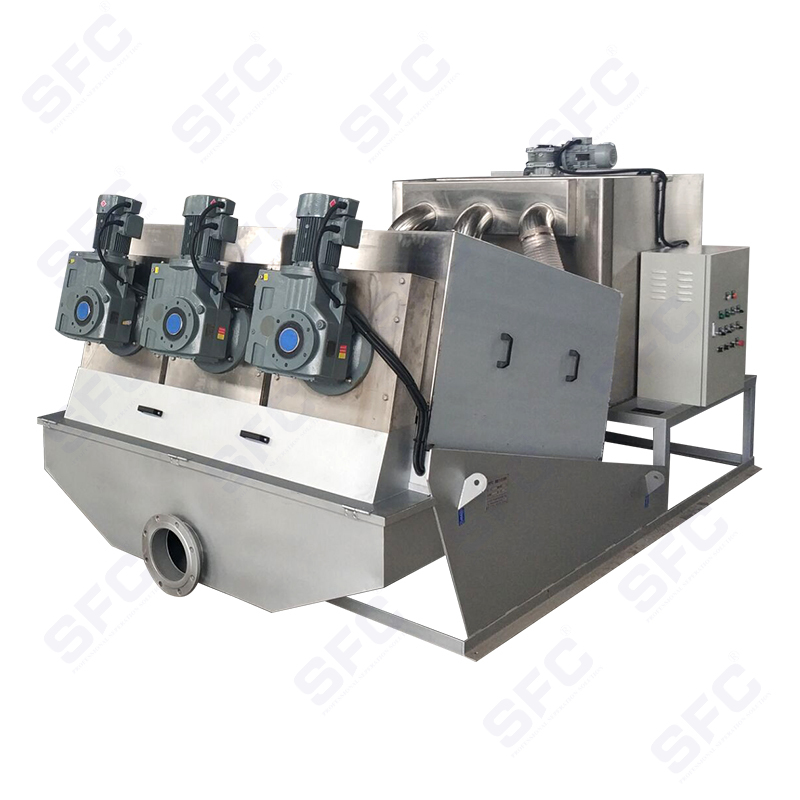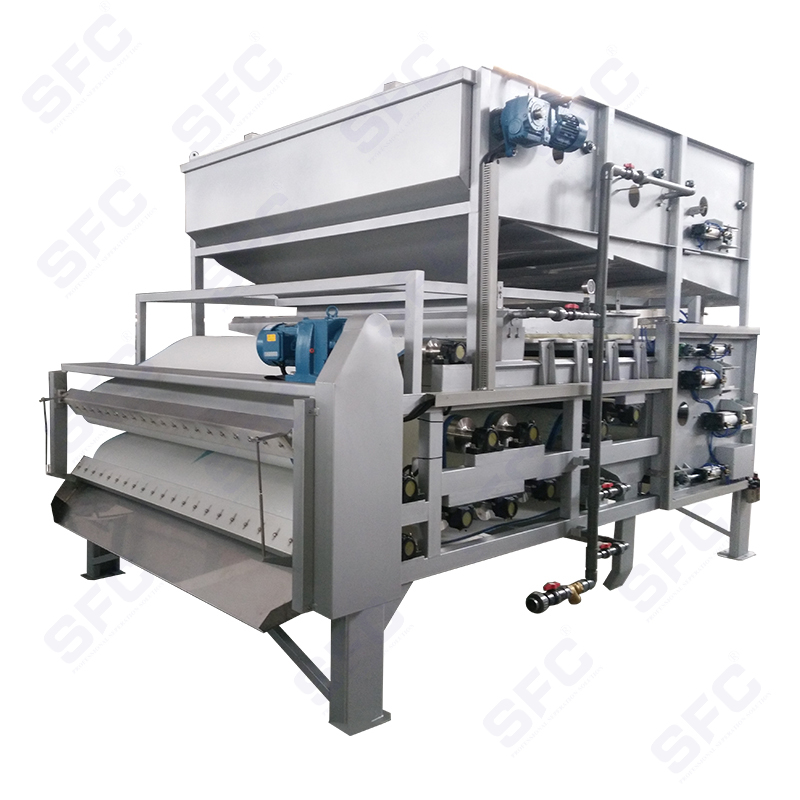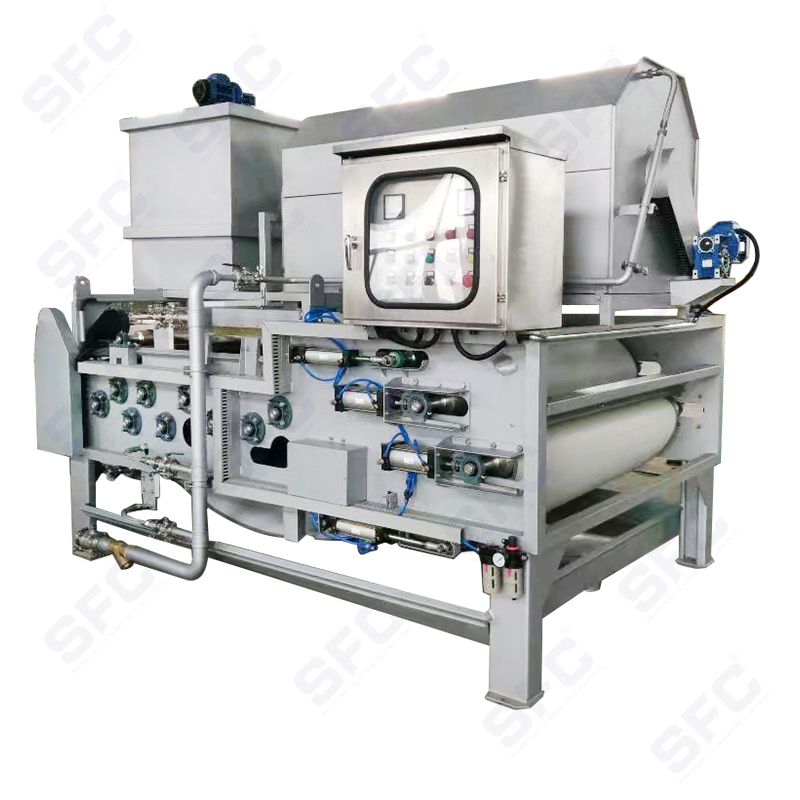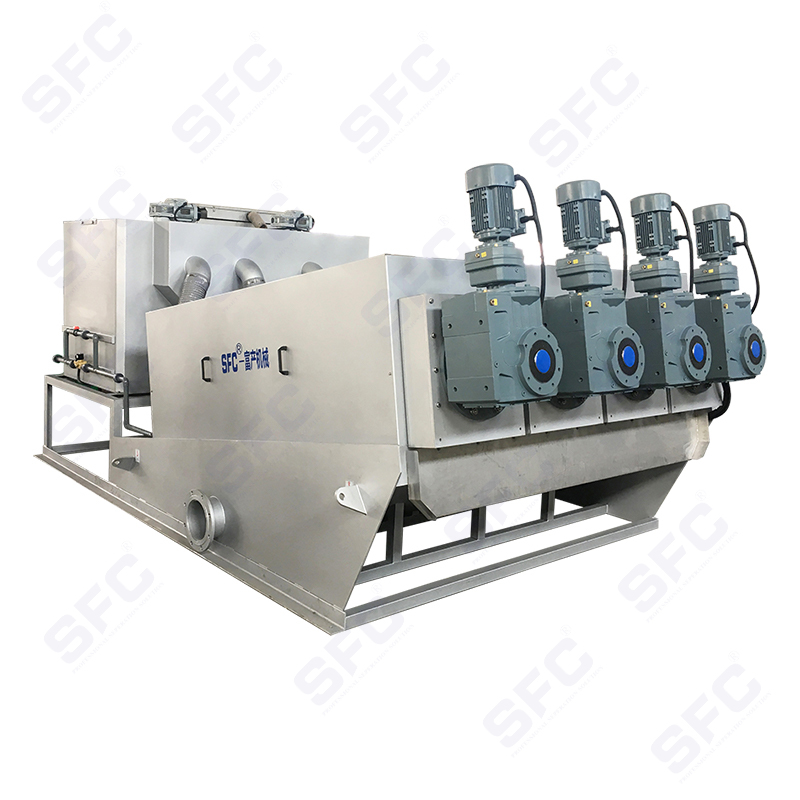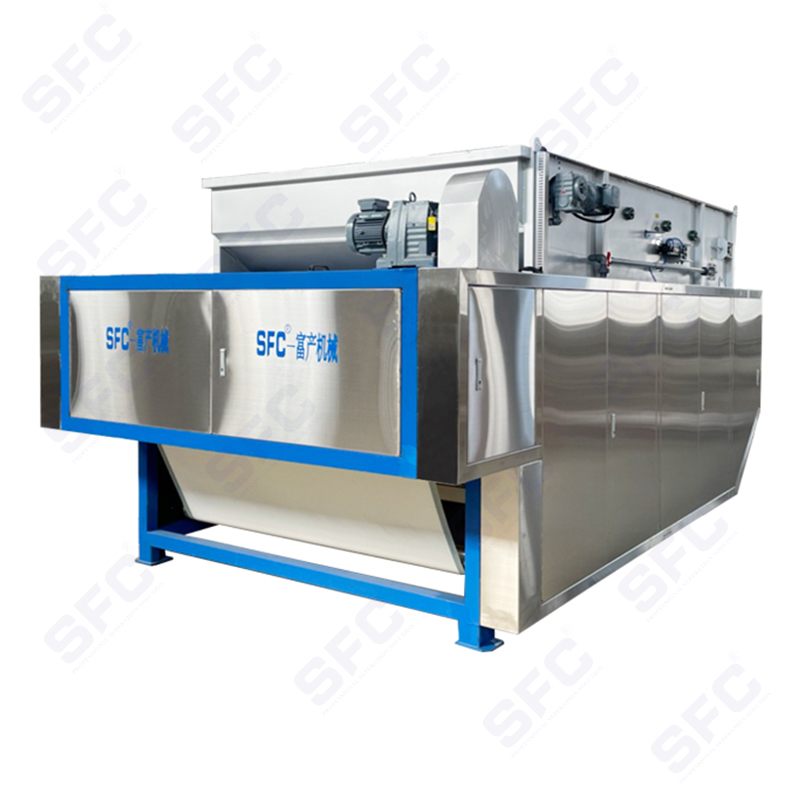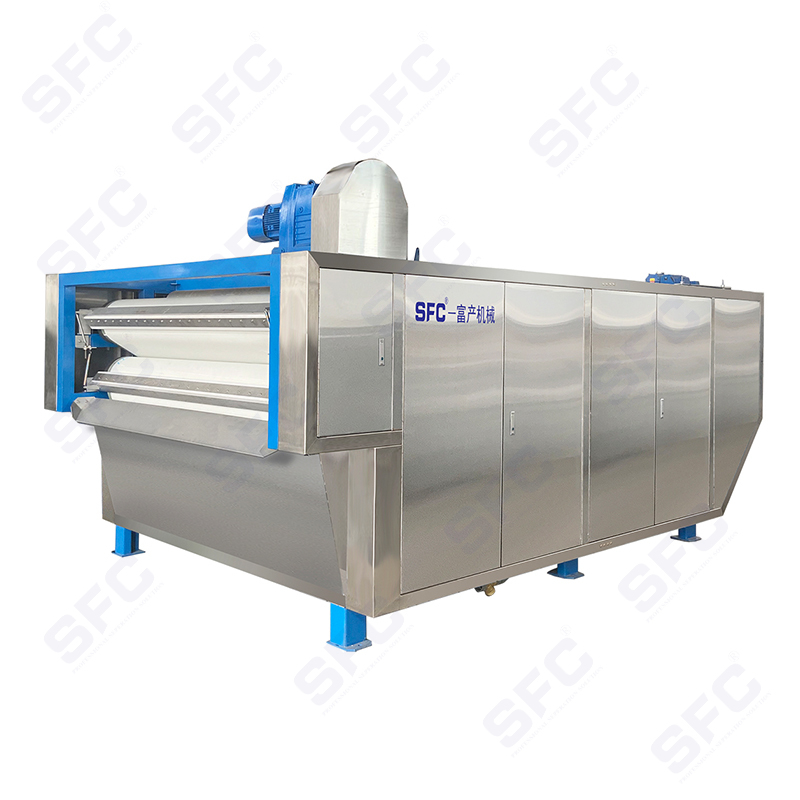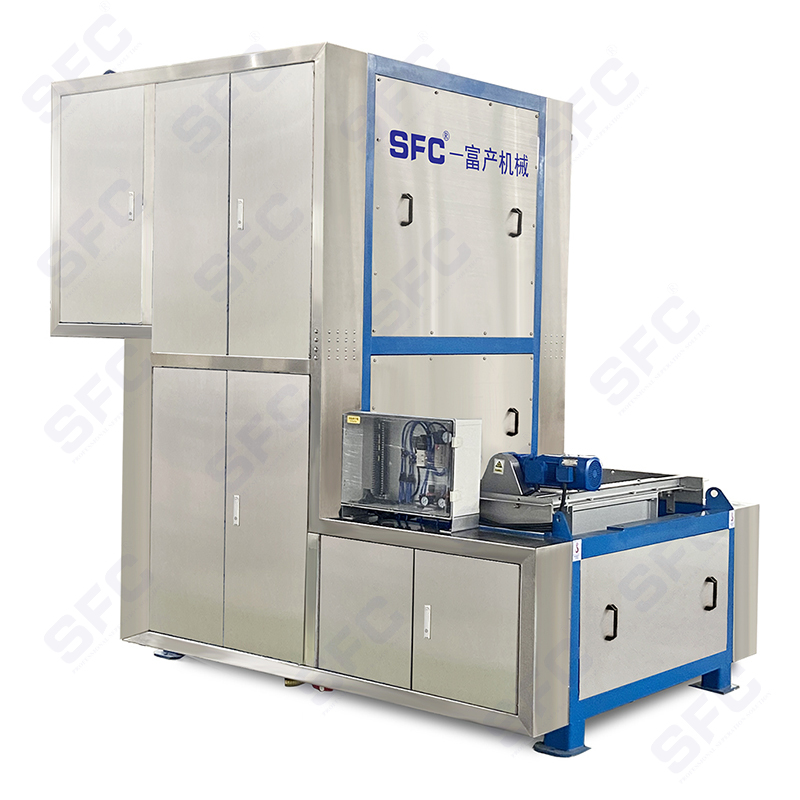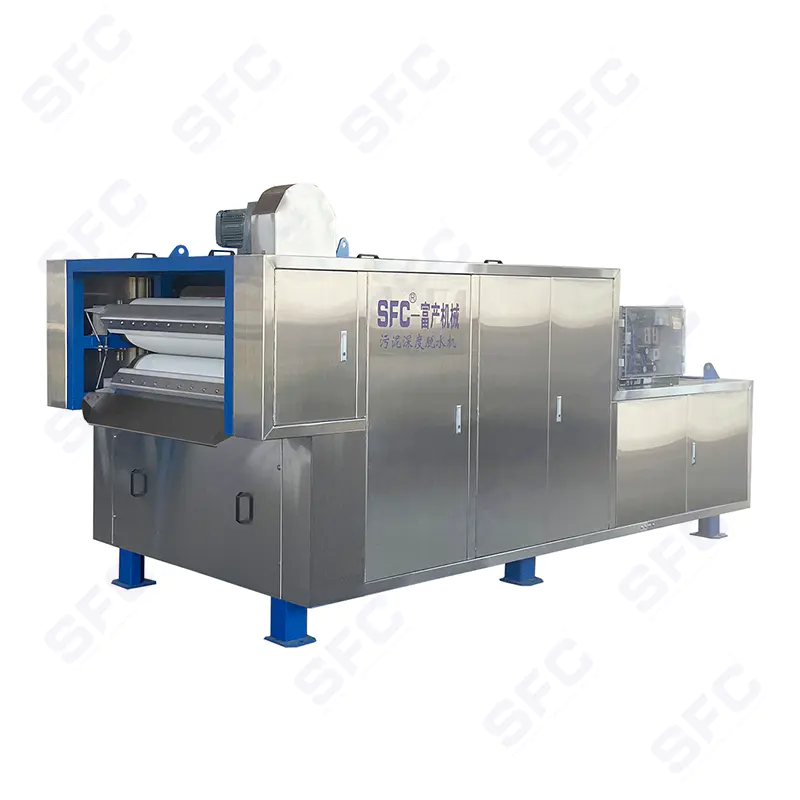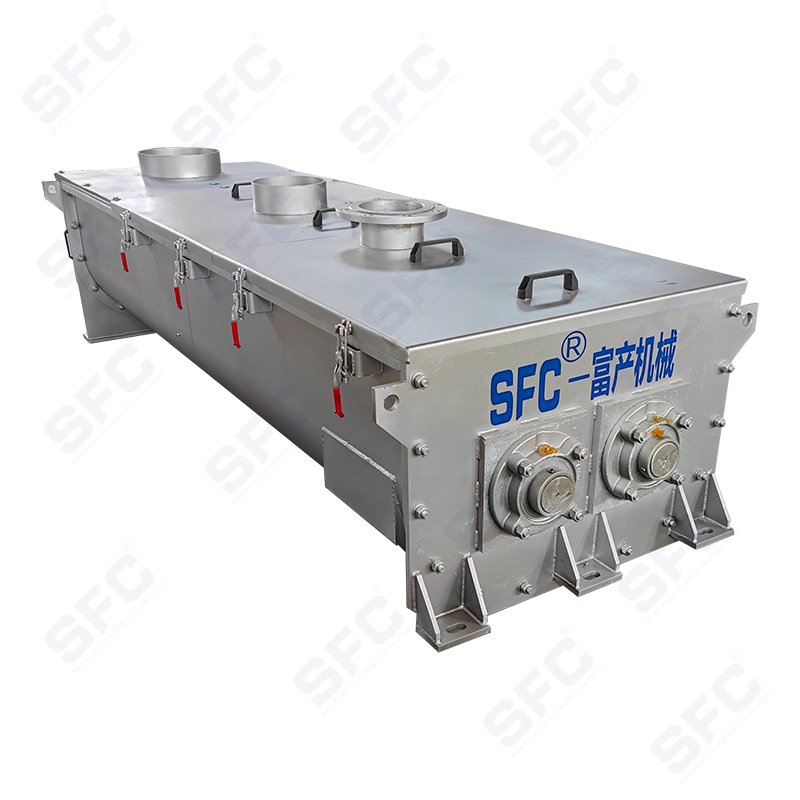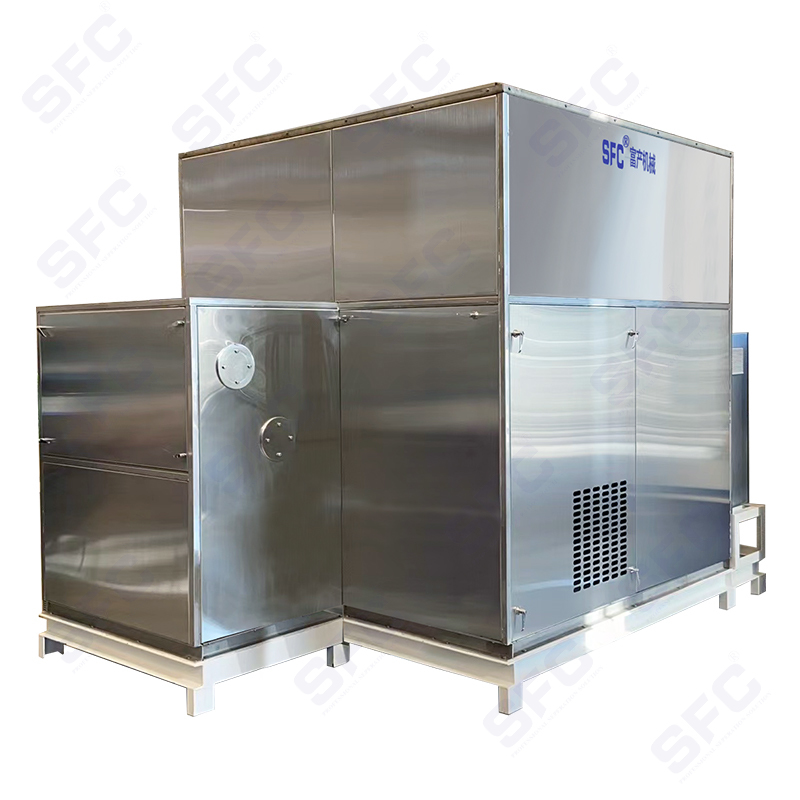What Factors Should Be Considered When Choosing a Sludge Dewatering Machine?
Sludge dewatering is a critical process in wastewater treatment plants, industrial facilities, and municipal operations. Its primary goal is to reduce the volume of sludge by removing excess water, thereby minimizing disposal costs, improving handling efficiency, and supporting sustainable waste management. A sludge dewatering machine is the core equipment in this process, but with a wide range of options available, selecting the right one requires careful evaluation. Choosing the wrong system can lead to inefficiencies, higher energy consumption, or excessive maintenance needs.
1. Characteristics of the Sludge
The first and most important factor is the type and characteristics of the sludge to be treated. Different machines perform better with specific sludge properties.
Sludge type: Municipal sewage sludge, industrial sludge, chemical sludge, or food-processing sludge may have very different water content and compositions.
Solid content: Sludges with higher solid concentrations generally dewater more efficiently, while dilute sludges may require pre-thickening.
Viscosity and stickiness: Some sludges are more fibrous, oily, or sticky, which may clog filters or reduce throughput.
Particle size distribution: Fine particles may escape through filter pores, affecting machine efficiency.
Understanding the sludge profile through laboratory testing helps in matching the machine’s design to the material’s behavior.
2. Desired Final Dryness and Disposal Method
The end goal of dewatering is to produce sludge with a specific dry solids content (DS%). Disposal options will determine how dry the sludge needs to be:
Landfilling: Higher dryness levels reduce transportation and tipping costs.
Incineration: Sludge should be as dry as possible to lower energy requirements during combustion.
Land application or composting: Moisture can be tolerated at certain levels, but excessive water content makes handling difficult.
Machines such as belt filter presses usually achieve medium dryness, while centrifuges and screw presses may deliver higher DS percentages. Evaluating disposal costs against achievable dryness is key to making a cost-effective decision.
3. Treatment Capacity and Scalability
Another critical factor is the volume of sludge generated daily and whether the machine can handle peak loads.
Daily sludge flow: Equipment must be sized correctly to avoid bottlenecks.
Scalability: Facilities expecting growth should consider machines that can expand or be upgraded.
Continuous vs. batch operation: Some machines operate continuously (belt filter press), while others are better for batch processing (filter press).
Matching machine capacity with both current and future needs ensures long-term reliability.
4. Space and Installation Requirements
Sludge dewatering machines vary greatly in terms of footprint, weight, and installation complexity.
Belt filter presses require larger floor space but are relatively easy to maintain.
Centrifuges are more compact but require strong foundations to withstand vibration.
Screw presses often have a moderate footprint and simple setup.
For facilities with limited space, compact designs or containerized units may be the best choice. Installation costs, including civil works and utility connections, should also be factored in.
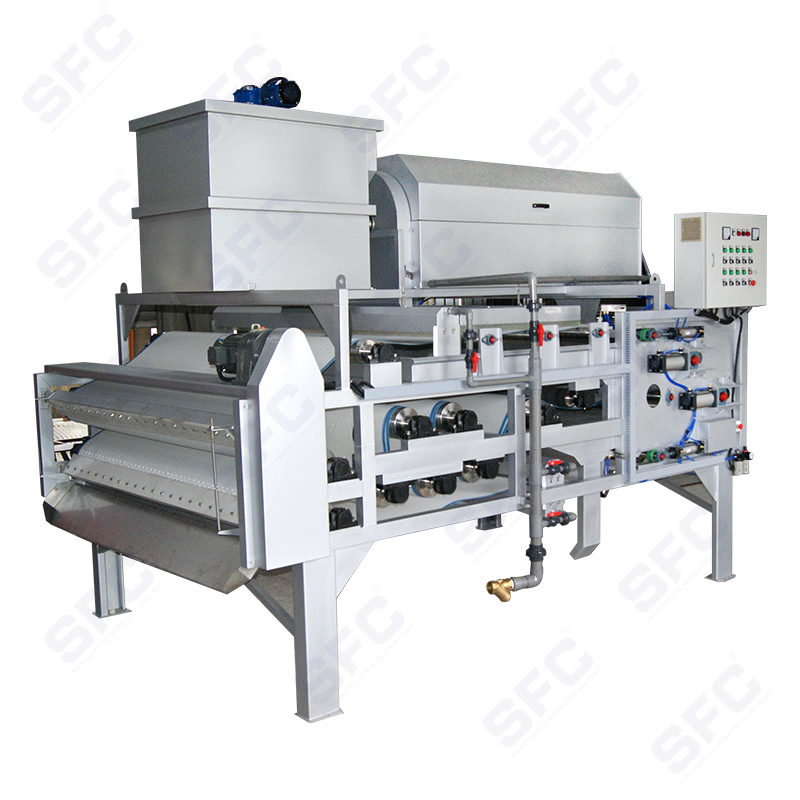
5. Energy Consumption and Operating Costs
Energy efficiency directly impacts the total cost of ownership. Machines such as centrifuges may consume significant amounts of power due to high-speed rotation, while screw presses and belt presses typically use less.
Other operating costs to consider include:
Polymer usage: Most machines require flocculants to enhance separation efficiency.
Water consumption: Belt presses need wash water to clean belts, increasing utility usage.
Labor costs: Manual filter presses need more operator involvement, while automated systems reduce staffing needs.
Evaluating both energy and chemical consumption provides a clearer picture of long-term operational expenses.
6. Maintenance and Reliability
Maintenance plays a vital role in keeping sludge dewatering machines efficient. Before choosing a system, consider:
Frequency of maintenance: Machines with moving parts (centrifuges, belt presses) require more frequent servicing.
Ease of access: Equipment designed with accessible parts reduces downtime during repairs.
Spare parts availability: Reliable suppliers with local service networks ensure quick replacement of critical components.
Durability: Materials resistant to corrosion, abrasion, and chemical exposure extend equipment life.
A reliable, easy-to-maintain machine often proves more economical than a cheaper but high-maintenance option.
7. Automation and Control Systems
Modern sludge dewatering equipment often integrates automation and intelligent control systems. These can optimize performance and reduce human error.
Automated monitoring: Sensors track parameters like torque, flow, and dryness.
Remote control and alarms: Improve response time to equipment issues.
Data logging: Helps facilities analyze performance and plan preventive maintenance.
While automated systems may increase upfront investment, they significantly improve efficiency and reduce operating risks.
8. Environmental and Regulatory Compliance
Environmental considerations play an increasing role in equipment selection. Facilities must ensure the chosen machine complies with local regulations and sustainability goals.
Odor control: Some sludge types emit strong odors; enclosed systems like centrifuges minimize this issue.
Noise levels: Centrifuges can be noisy, while screw presses and belt presses operate more quietly.
Effluent quality: The separated water must meet discharge standards; otherwise, further treatment is required.
Carbon footprint: Energy-efficient designs support sustainability initiatives.
Machines that help facilities stay compliant while minimizing environmental impact offer long-term value.
9. Budget and Life Cycle Cost
Budget considerations go beyond initial purchase price. The life cycle cost of sludge dewatering equipment should include:
Capital cost (purchase and installation)
Operating cost (energy, chemicals, labor)
Maintenance cost (spare parts, downtime)
Expected lifespan of the equipment
A lower-cost machine might look attractive at first but could result in higher overall costs if it consumes more energy, requires frequent repairs, or delivers lower dryness. A full cost-benefit analysis is essential.
10. Supplier Expertise and Support
The final factor is the quality of the supplier and after-sales support. Choosing a reputable manufacturer with proven experience ensures:
Technical support during design and installation
Training for operators and maintenance staff
Quick access to spare parts and repair services
Up-to-date technology and continuous improvements
Strong supplier partnerships help facilities maximize performance and extend machine life.
Conclusion
Selecting the right sludge dewatering machine is a complex decision that requires balancing technical, financial, and environmental factors. Sludge characteristics, desired dryness, treatment capacity, and disposal methods all influence the choice of equipment. Practical aspects such as space availability, energy consumption, maintenance, and automation should also be evaluated. Beyond the machine itself, regulatory compliance, long-term operating costs, and supplier support play crucial roles in ensuring sustainable sludge management.



 English
English Español
Español
